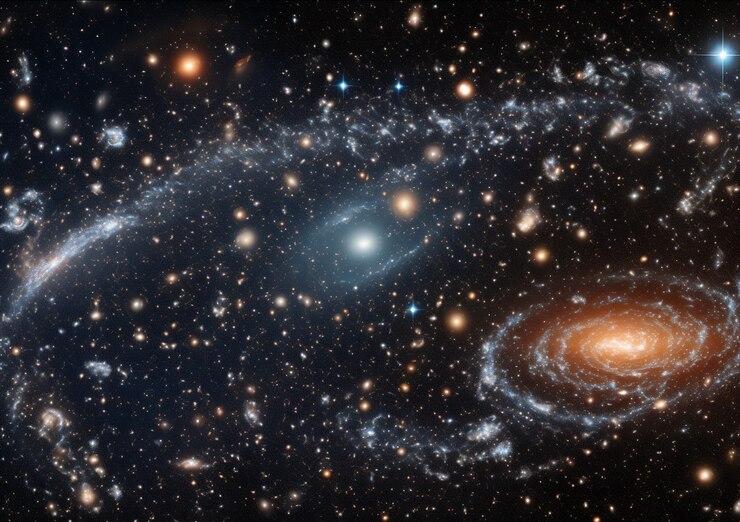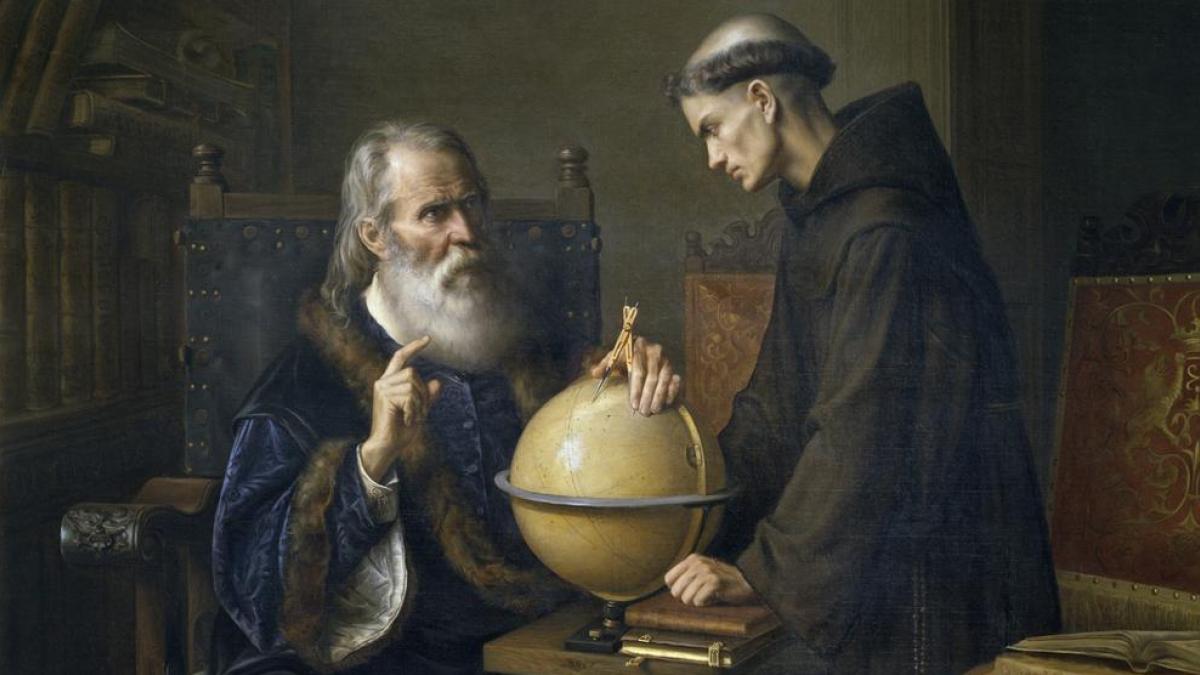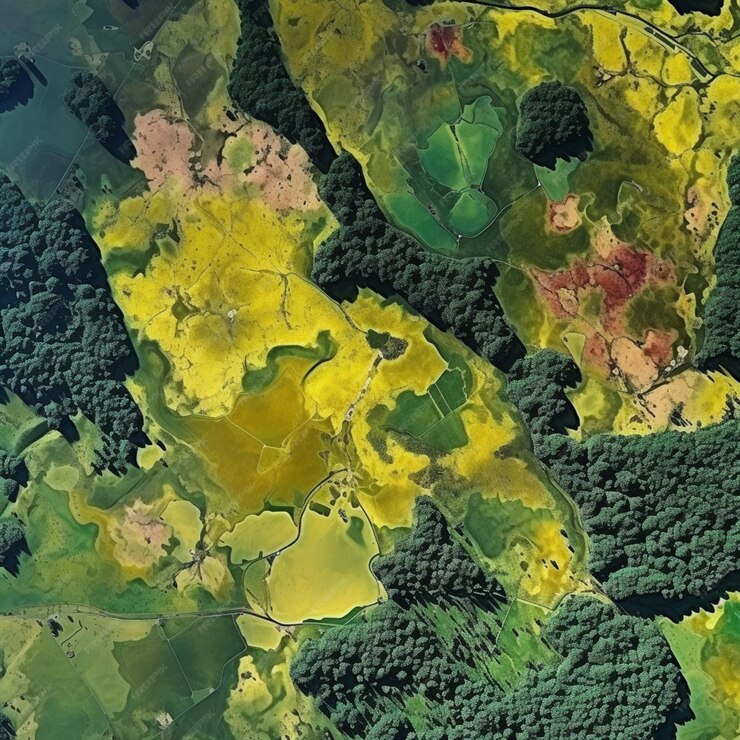Asteroids are a series of rocky or metallic objects that orbit the Sun, most in the main belt, located between Mars and Jupiter.
Sometimes called minor planets, they are rocky remains left over from the initial formation of our Solar System about 4.6 billion years ago. As of July 2021, the known asteroid count is 1,097,148. They range in size from Vesta, the largest, at around 530 kilometers (329 miles) in diameter, to bodies that are less than 10 meters (33 feet) wide. The total mass of all asteroids combined is less than that of our Moon.
Why do they instill fear? Because some have crashed into our planet. When they enter the atmosphere, they light up and become meteorites. Most asteroids have irregular shapes, although some are nearly spherical and often have pits or craters.
As they orbit the Sun in elliptical orbits, asteroids also spin - sometimes quite erratically - falling as they go. More than 150 asteroids are known to have a small companion moon (some have two). There are also binary (double) asteroids, in which two rocky bodies of similar size orbit each other, as well as triple asteroid systems.
Source: NASA Science



